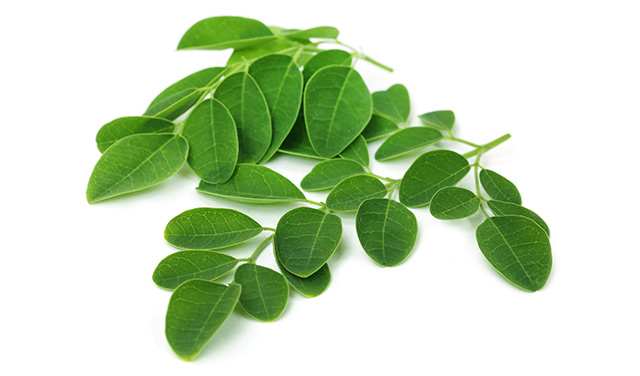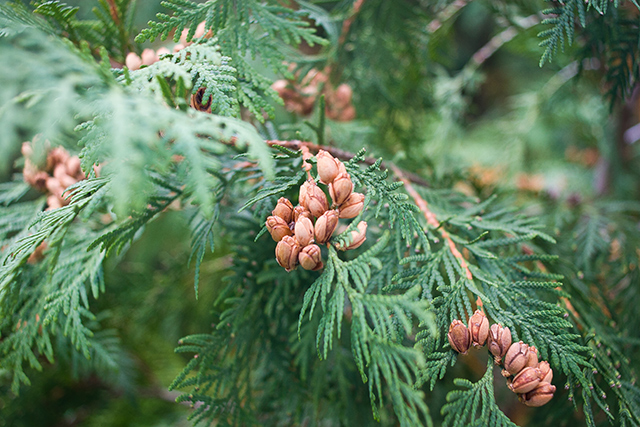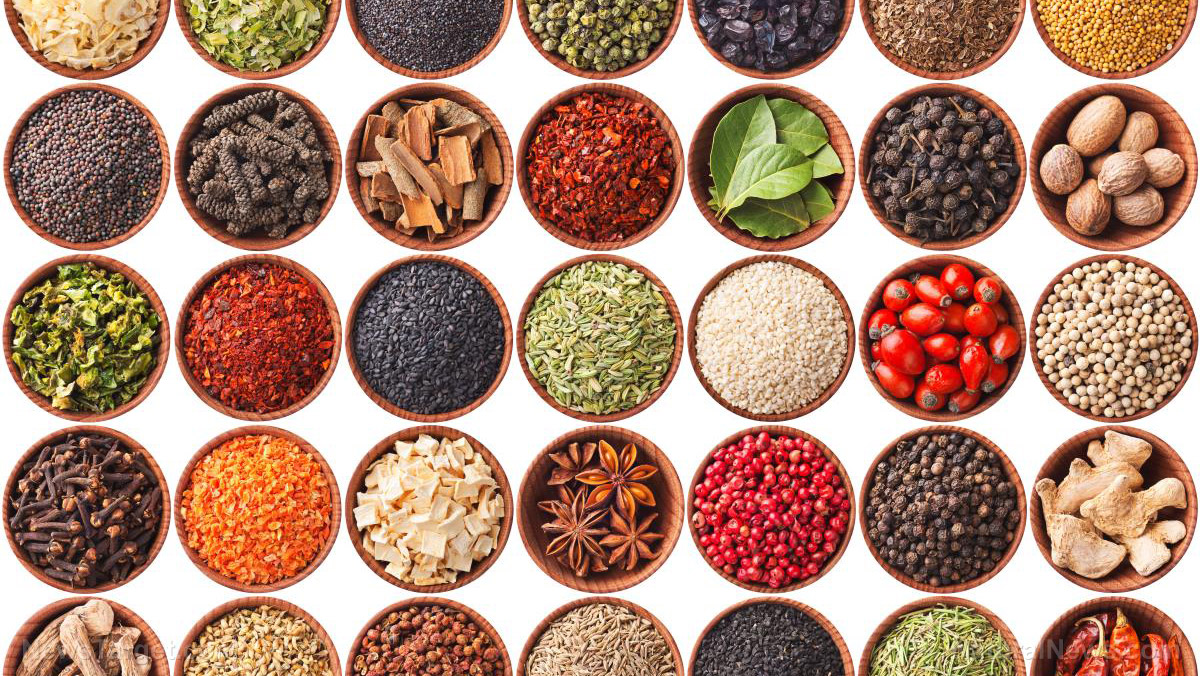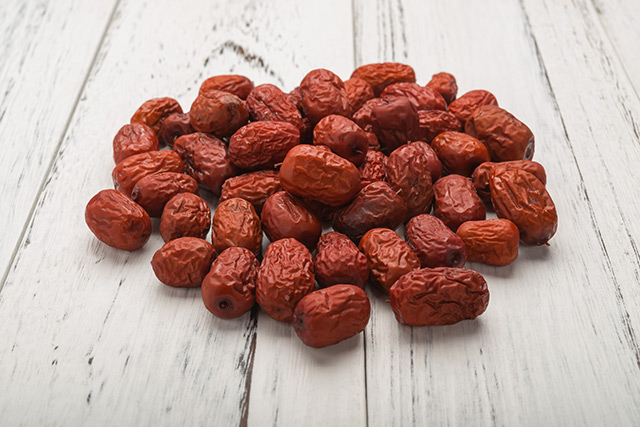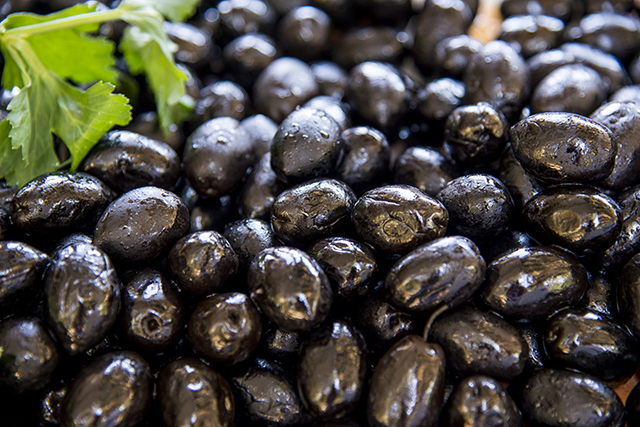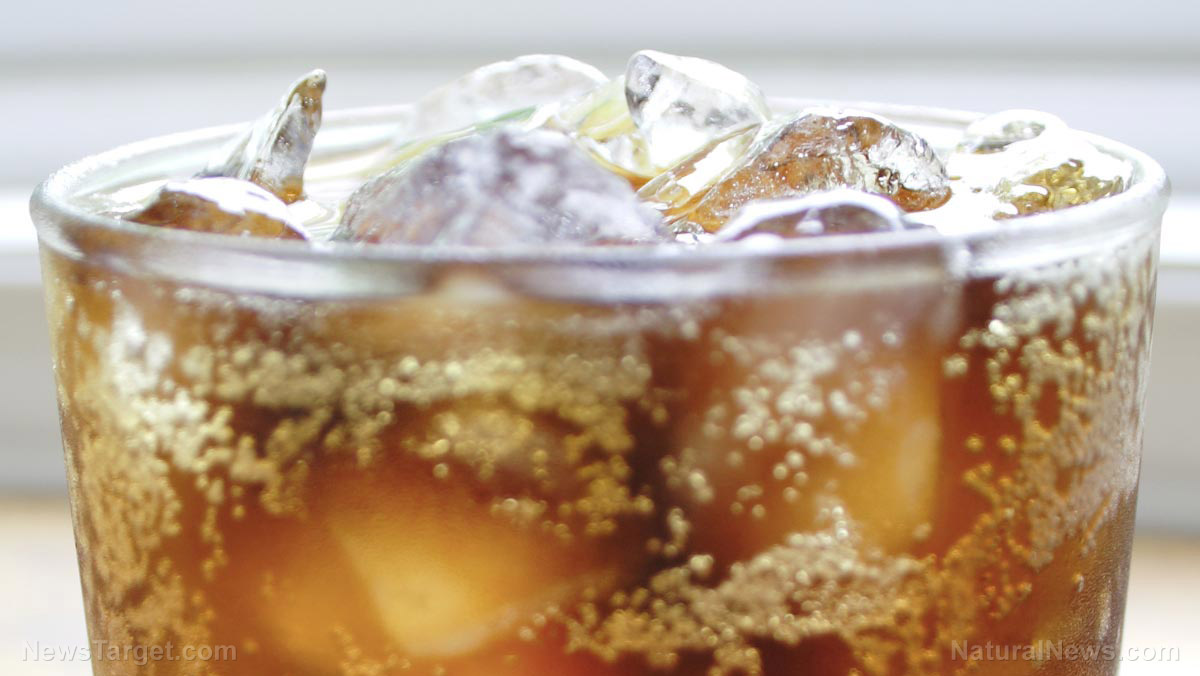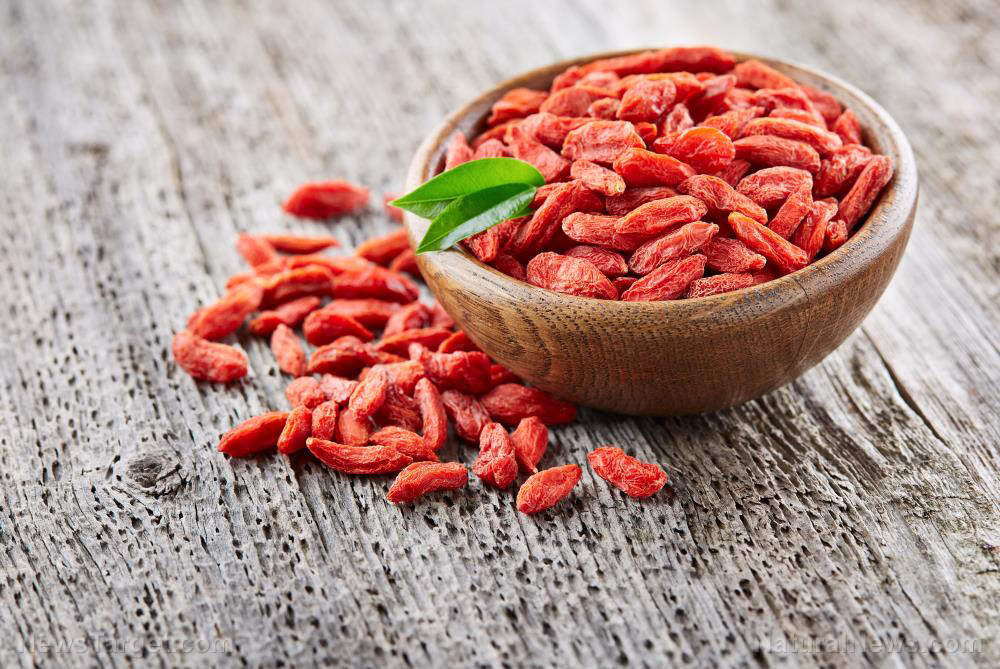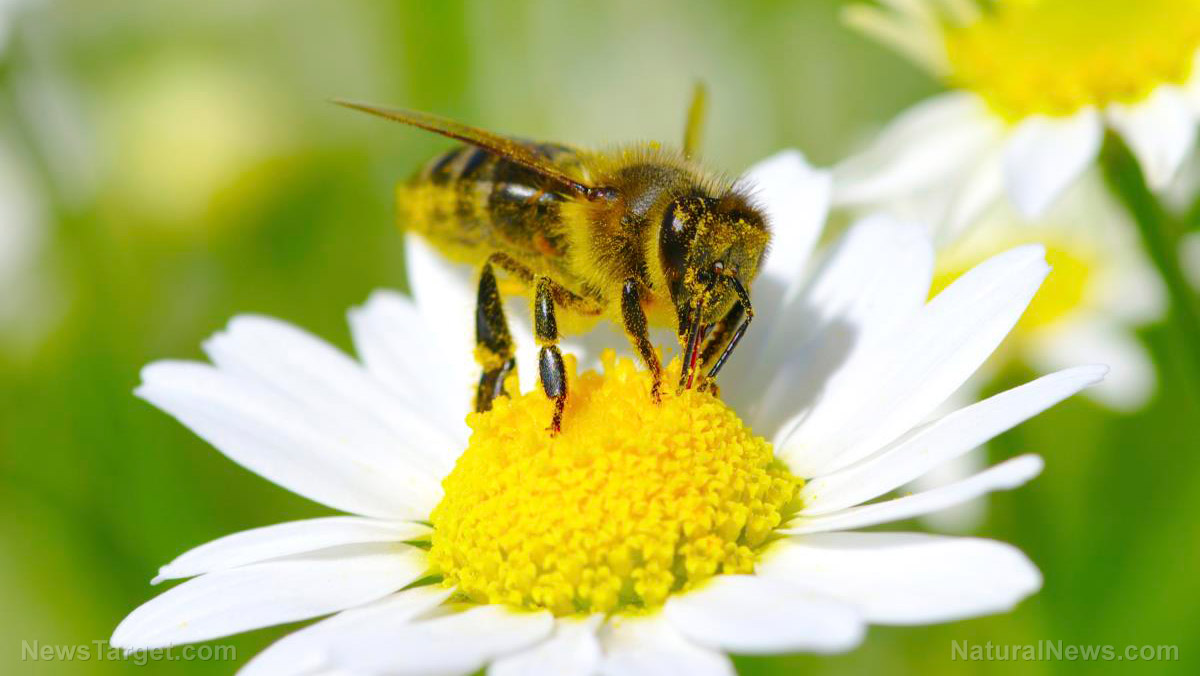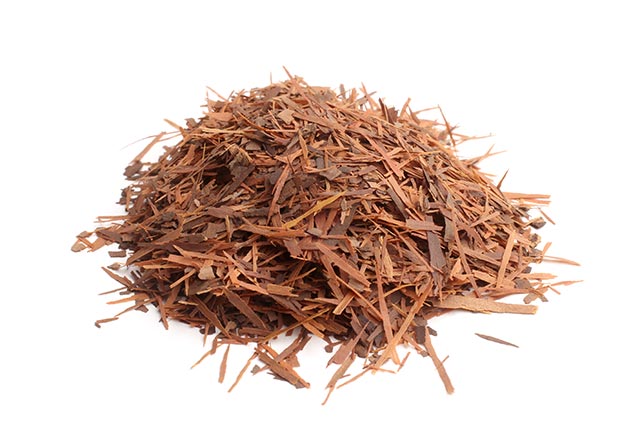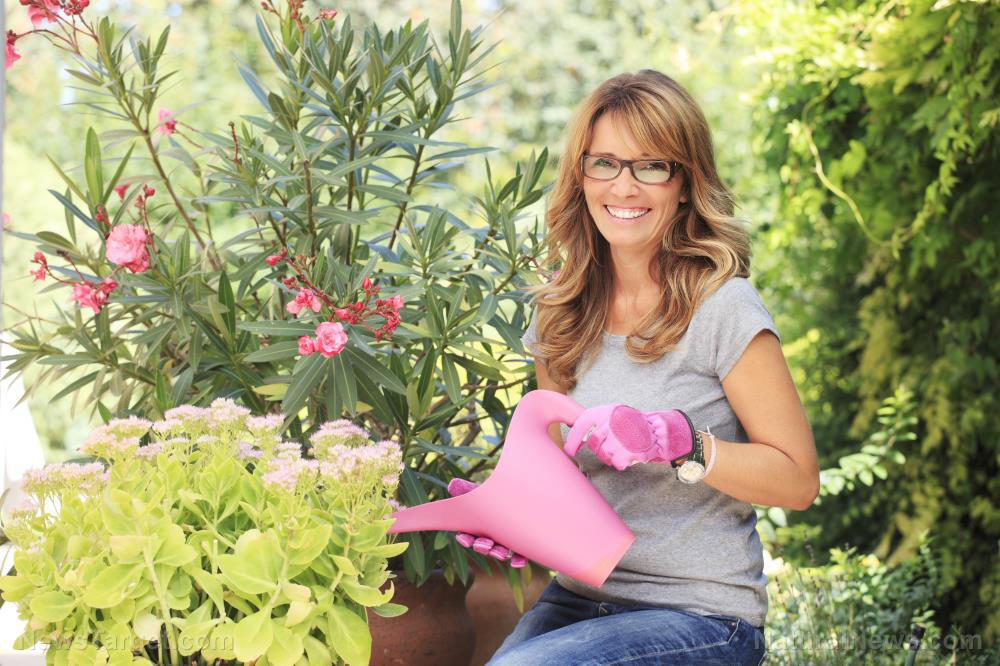This herb, found in many regions in China, can reduce high uric acid levels and prevent gouty arthritis
07/05/2018 / By Michelle Simmons

Wandering cudweed (Gnaphalium pensylvanicum willd.), an annual herbal plant that is widely distributed in many regions of China, can help reduce high uric acid levels and fight gouty arthritis, according to a study published in the journal BMC Complementary and Alternative Medicine.
The study, which was carried out by a team of researchers in China, looked at the ability of the wandering cudweed to treat hyperuricemia and acute gouty arthritis in a mouse model. Hyperuricemia is referred to as the high level of uric acid in the blood, and it is a critical causal factor for the development of many diseases, including gout.
In the study, the research team induced hyperuricemia in mice using potassium oxinate, while acute gouty arthritis was induced by hypodermic injection of 10 milligrams (mg) of monosodium urate (MSU) crystal suspension in paw edema model. After that, they administered wandering cudweed extract to the mice to measure the plant’s anti-hyperuricemia activity and xanthine oxidase inhibition.
Researchers found that the extracts from wandering cudweed prevented the production of uric acid and reduced paw swelling. The reduction in the uric acid level in mice with hyperuricemia was due to the regulation of urate transporters, including urate transporter 1 (URAT1), organic anion transporter 1 (OAT1), and renal glucose transporter 9 (GLUT9).
Researchers also found that wandering cudweed extracts exhibited renal protection. Moreover, they found that the main active components of wandering cudweed were 13 caffeoylquinic acid derivatives and one flavone. These phytochemicals both played a role in the inhibition of xanthine oxidase activity and exhibited anti-hyperuricemia properties.
Therefore, wandering cudweed extracts reduced high uric acid levels and prevented gouty arthritis by increasing uric acid excretion and suppressing xanthine oxidase activity and pro-inflammatory cytokines secretion. Based on the findings of the study, the research team deduced that wandering cudweed extracts could be considered as an effective treatment for hyperuricemia and gout.
Other natural treatments for high levels of uric acid
Here are other natural remedies that may help you control high uric acid levels:
- Apple cider vinegar – Apple cider vinegar works as a natural cleanser and detoxifier. Because of its malic acid content, it can help dissolve and get rid of the excess uric acid from the body. Apples alone contain malic acid, which can be an alternative for apple cider vinegar. To use as a natural remedy, mix one teaspoon of organic apple cider vinegar to a glass of water. Drink this every day.
- Lime – The citric acid found in lime can help break down uric acid. Drinking lime water at least two times a day can help eliminate excess uric acid.
- Berries – Dark-colored berries have flavonoids called anthocyanins which help lessen inflammation and stiffness.
- Tomatoes and bell peppers – Tomatoes, bell peppers, and other foods rich in alkaline can also help in balancing the acid levels in the body.
- Celery seeds – Celery seeds contain high amounts of omega-6 fatty acids and other diuretic oils. Due to its potent diuretic properties, it can aid in cleaning the body of excess liquids by encouraging the kidneys to remove the uric acid. In addition, celery seeds alkalize the blood and reduce inflammation in the body. Consuming half a teaspoon of dried celery once a day will help. Just remember to drink plenty of water with it.
- Fiber-rich foods – Eating more foods rich in fiber, such as oats, bananas, and grains, can help control uric acid levels in the blood. This is because dietary fiber absorbs the excess uric acid in the blood and helps remove it from the body.
In addition to the natural treatments for hyperuricemia, acupuncture can also help normalize uric acid levels and reduce the risk of gout and kidney damage.
Find out more natural treatments for hyperuricemia by going to AlternativeMedicine.news.
Sources include:
Tagged Under: acute gouty arthritis, alternative medicine, gout, gout treatment, herbal medicine, Herbs, high uric acid, hyperuricemia, medicinal plants, natural cures, natural remedies, Natural Treatments, plant cures, plant medicine, uric acid, wandering cudweed

